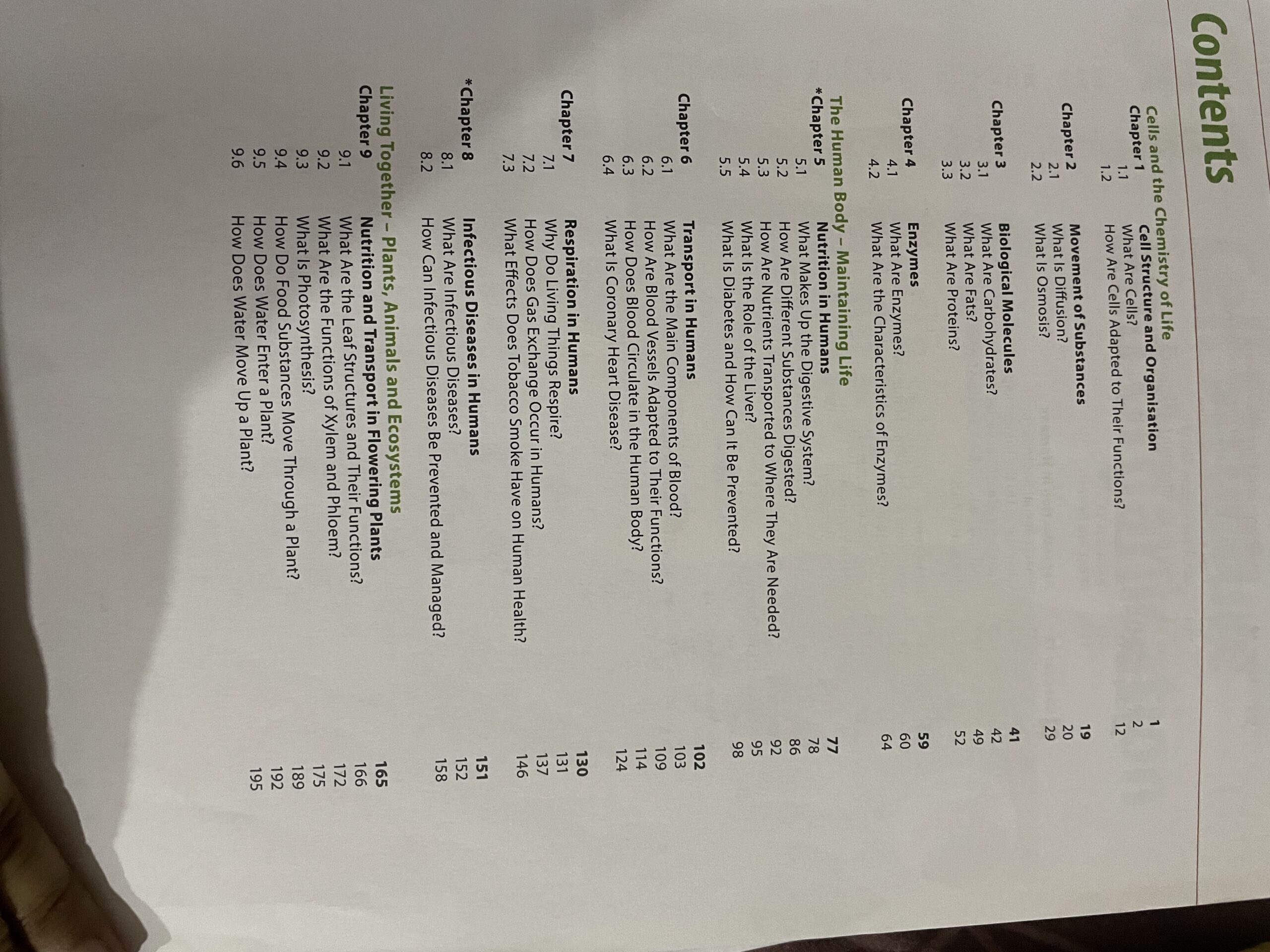Homologous and non homologous recombination in genetics
Questions and Answers
0 Answers
Define migration in fishes, describe the type of migration in fishes and add a note on its significance
Define migration in fishes, describe the type of migration in fishes and add a note on its significance
Definition of evolution and evolutionary theories
Definition of evolution and evolutionary theories
SKETCH AND LABEL THE FOLLOWING APPARATUS WITH TWO USES 1. ANALYTICAL WEIGHING BALANCE 2. SIMPLE DISTILLATION APPARATUS 3. CENTRIFUGE 4. PH METER 5. OVEN 6. HOT PLATE AND STIRRER 7. MURFFLE FURNACE 8. FUME CUPBOARD 9. HEATING MANTLE 10. PIPPETE FOILER 11. TONG AND CRUSCIBLE 12. BURSEN BURNER AND TRIPOD STAND 13. WATHER BATH 14. MELTING POINT APPARATUS 15. LABORATORY BENCH
0 Answers
Summarie all pf this topics
Summarie all pf this topics

0 Answers
ana livia monteiro da silva asked for the first time
tenho duvidas sobre o rna transportador. Quero saber se ele participa da regulaçao genica, se sim como?. quero saber se ele participa nas vacinas, se sim como?. quero saber se ele participa das terapias com sirna, se sim coom?
tenho duvidas sobre o rna transportador. Quero saber se ele participa da regulaçao genica, se sim como?. quero saber se ele participa nas vacinas, se sim como?. quero saber se ele participa das terapias com sirna, se sim coom?
0 Answers
eleni asked for the first time
qhole genome sequencing of measles virus
qhole genome sequencing of measles virus
0 Answers
GARREY KUN asked for the first time
Notes on hearing loss include the definition of hearing loss, the causes, types, sign and symptoms, risk factors, prevention, management, diagnosis,and complications
Notes on hearing loss include the definition of hearing loss, the causes, types, sign and symptoms, risk factors, prevention, management, diagnosis,and complications
0 Answers
how does the population changes
how does the population changes
0 Answers
discovering how population changes
discovering how population changes
0 Answers